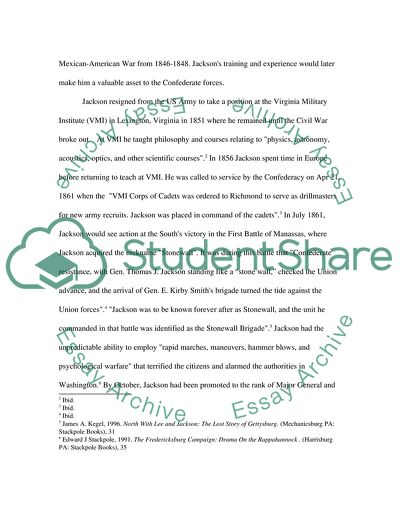Cite this document
(General Stonewall Jackson: The Unpredictable Force Coursework, n.d.)
General Stonewall Jackson: The Unpredictable Force Coursework. https://studentshare.org/history/1717386-general-stonewall-jackson-and-his-part-in-the-shenandoah-valley-campaign
General Stonewall Jackson: The Unpredictable Force Coursework. https://studentshare.org/history/1717386-general-stonewall-jackson-and-his-part-in-the-shenandoah-valley-campaign
(General Stonewall Jackson: The Unpredictable Force Coursework)
General Stonewall Jackson: The Unpredictable Force Coursework. https://studentshare.org/history/1717386-general-stonewall-jackson-and-his-part-in-the-shenandoah-valley-campaign.
General Stonewall Jackson: The Unpredictable Force Coursework. https://studentshare.org/history/1717386-general-stonewall-jackson-and-his-part-in-the-shenandoah-valley-campaign.
“General Stonewall Jackson: The Unpredictable Force Coursework”. https://studentshare.org/history/1717386-general-stonewall-jackson-and-his-part-in-the-shenandoah-valley-campaign.


